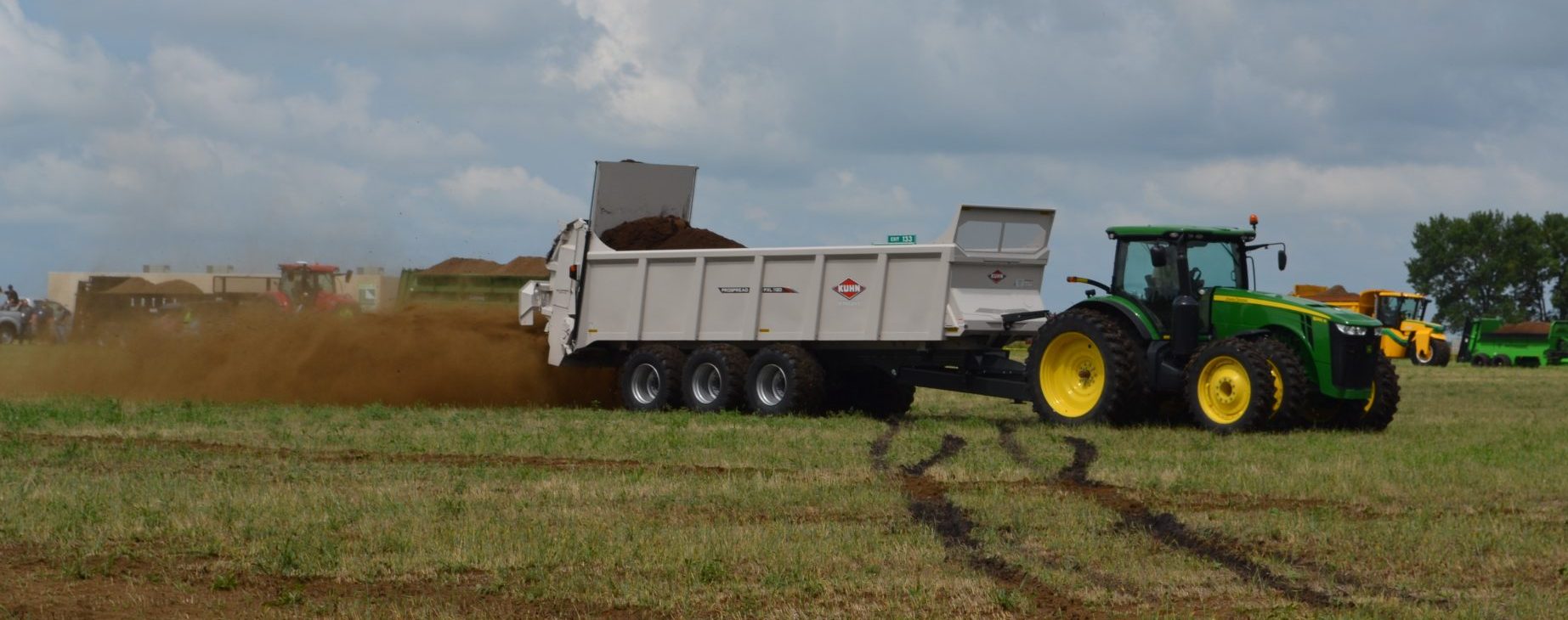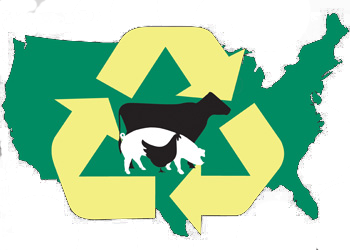Reprinted, with permission, from the proceedings of: Mitigating Air Emissions From Animal Feeding Operations Conference.
Manure Storage Covers for Air Emission Mitigation
- A New Geosynthetic Cover for Odor Control and Biogas Collection
- A Review of Permeable Cover Options for Manure Storage
- Gas Impermeable Film and Sheet for Control of Methane and Odors in Agricultural Applications
- Negative Air Pressure Cover for Preventing Odor Emission from Earthen Manure Storage
The information provided here was developed for the conference Mitigating Air Emissions From Animal Feeding Operations Conference held in May 2008. To obtain updates, readers are encouraged to contact the author.



